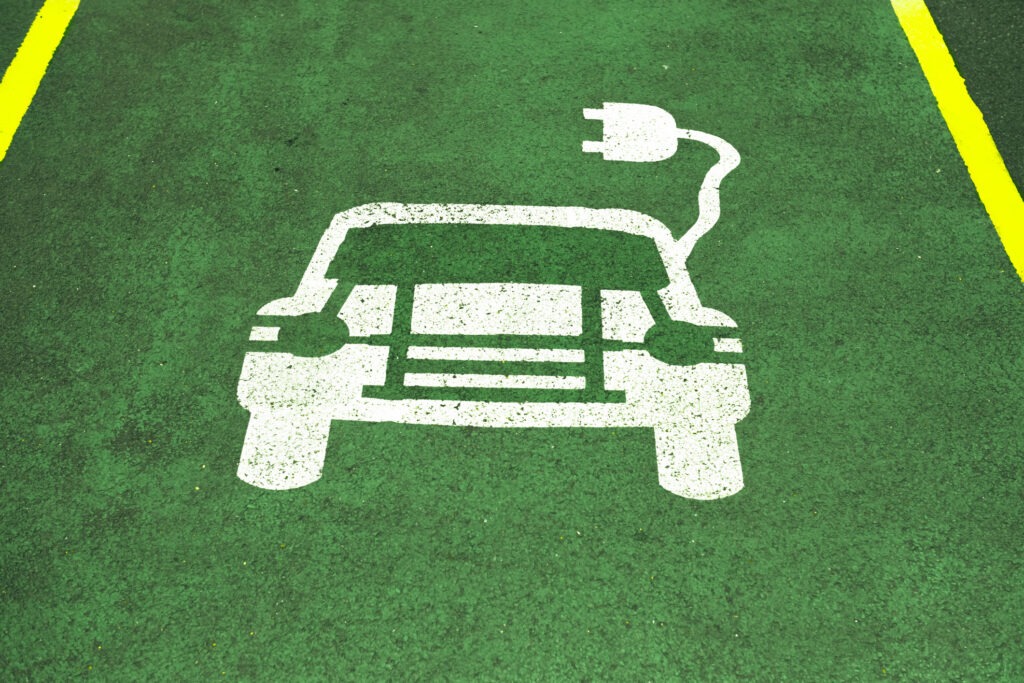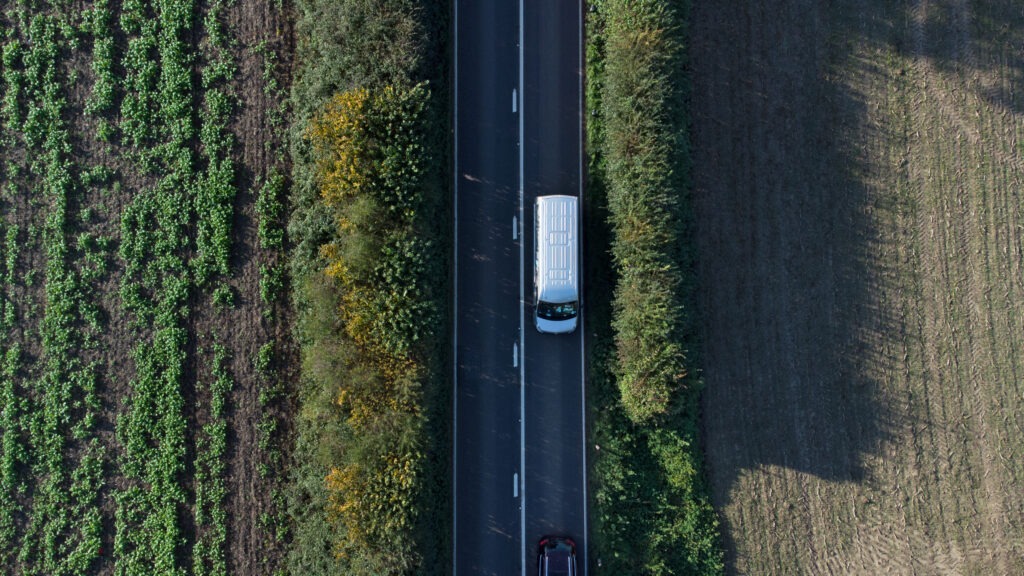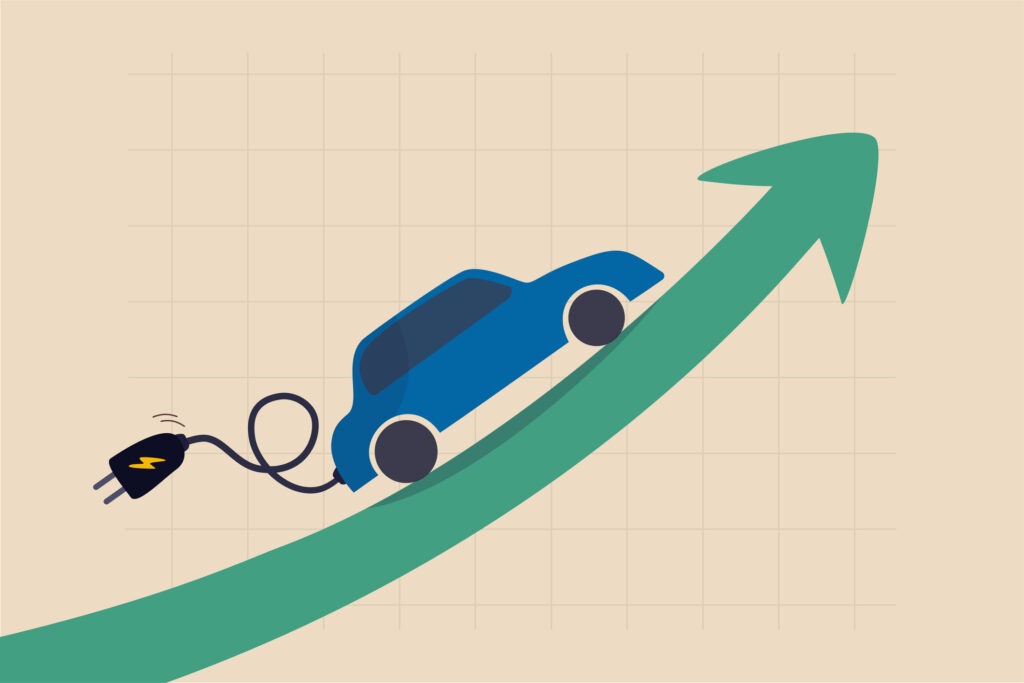Europe marches on with new-car market recovery in June
21 July 2023

Europe’s new-car market kept marching forward with further growth in June, marking an 11th consecutive month of positive registrations.
Figures from the European Automobile Manufacturers’ Association (ACEA) show that 1,045,073 cars were registered last month in the EU, an increase of 17.8% over last year’s figures.
With the exception of Hungary, which saw another month of decline (down 1.4%), all EU markets posted growth in June. The four largest saw impressive increases, with Germany up 24.8%, Spain rising 13.3%, France growing 11.5% and Italy improving by 9.1%.
The industry body attributes the rise to a low base of comparison in 2022, driven primarily by component shortages. As carmakers battled to secure crucial parts, including semiconductors, vehicle production slowed and delivery times increased.
Markets began recovering in August last year, with previously delayed deliveries starting to filter through to customers. This led to an artificial increase in registrations, meaning a true picture of the industry’s recovery might not emerge for a number of months. Compared to June 2019, before the disruption of the COVID-19 pandemic, the market is 27.7% down.
June marks the halfway point in the year, and every month of 2023 has so far seen registrations rise. This equates to a year-on-year increase of 17.9%, with over 5.4 million units taking to the roads. The recovery may slow in the coming months, but with delivery numbers this high, it is likely 2023 will still end above 2022.
Defining moment for BEVs
Battery-electric vehicles (BEVs) reached a new milestone in June, with their market share surging from 10.7% last year, to 15.1%. This means the powertrain has overtaken diesel, becoming the EU’s third-most-popular drivetrain.
In total, 158,252 BEVs were registered in June, a year-on-year increase of 66.2%. Several markets recorded triple-digit growth, albeit against a weak 2022. For example, Ireland posted growth of 661.2% to 1,431 BEVs delivered in the month. Of the larger markets, the Netherlands improved by 90.1%, Germany was up 64.4% and France increased by 52%.
Petrol remained the most popular choice in the EU last month, with registrations increasing 11%. The fuel type saw its market share drop by 2.2% compared to June 2022, but the 36.3% mark is in line with May. In the first half of the year, petrol commanded a market share of 37.2%. This is in stark contrast to pre-COVID-19 levels, when the technology held a 57.5% share of the EU market in the first half of 2019.
Hybrid-electric vehicles (HEVs) placed second again last month, with a 24.3% market share thanks to registration growth of 32.4%. Plug-in hybrids (PHEVs) increased deliveries by 13.4% in June, despite a significant 39.2% decline in Germany, the largest market for this fuel type. However, a substantial increase in France (up 49.9%) and Spain (up 51.7%) largely offset this decline, although market share fell 0.3% to 7.9% last month.
Petrol share to decline rapidly
While BEVs may have some way to go before they become Europe’s leading drivetrain, securing third place from diesel-powered cars is significant. In the years since the Dieselgate scandal, buyers have been turning to petrol models, helping increase the fuel type’s market share significantly. However, with improvements in BEV range, model options, availability and charging infrastructure, drivers are now turning to battery technology.
While in the first six months of 2023 the BEV market share is still behind diesel in the EU, at 12.9% compared to 14.5%, when taking the rest of Europe into account, the position changes. Including EFTA countries and the UK, diesel’s market share drops to 12.8% across the first six months of the year, compared to 16.5% for BEVs. This is thanks to strong sales of the powertrain in the UK, which is up 32.7% compared to last year.
The latest forecasts from EV-volumes.com (part of Autovista Group) suggest that across Europe, BEVs will end 2023 with a market share of 16.3%. This growth is then projected to continue, with the fuel type overtaking petrol in 2025 and becoming the dominant fuel type in 2026, taking the crown from hybrid technology.
Petrol looks to remain stable this year, with a market share of 35.6%, before declining rapidly over the next two years, with a market share of 26.1% forecast in 2025. This will allow hybrid powertrains to become the leading drive technology with a share of 28.8% halfway through the decade.
Therefore, electric technology is starting to make inroads into the internal-combustion engine market, meaning that by 2034, the last full year of new-ICE sales in Europe (with the UK ban beginning in 2030), petrol and diesel cars will hold just 2% of the market collectively.
Market to continue on positive path
Overall, the total European market improved by 18.7% in June, and 17.6% in the first half of the year. EV-Volumes forecasts that the market will end the year with 12.5 million new-car registrations, up 10.5% compared to 2022.
‘For 2023, we expect European electric vehicle (EV) sales, including BEVs and PHEVs, to increase by 15% over 2022, supported by a brisk passenger-car market recovery of about 10% year on year,’ stated Neil King, forecasting lead at EV-volumes.com. ‘As in 2022, PHEV volumes are stagnating and so all growth is in BEVs, which we forecast will improve year-on-year by 29% and will occupy about 70% of the EV market in 2023.
‘However, faster-than-expected subsidy cuts and the protracted market recovery means we have lowered both the volume and share expectations for EVs in Europe. Setbacks in Germany, the UK, and Sweden cannot be balanced by advances in many smaller markets. Our projected European passenger-car market share of EVs is 24% in 2023 and 35% in 2025, compared to 27% and 39% previously,’ he added.
Europe is also seeing increased competition from Chinese carmakers when it comes to EV sales. While Tesla recorded registrations up 105% across the continent last month, thanks in part to its regular quarterly deliveries, there are likely to be more incursions in the brand list by the end of the year, with existing models on the European market already proving popular.
‘EVs sourced from China continue to gain ground in Europe, as exemplified by surging sales for the MG brand, especially the MG4,’ added King. ‘With other Chinese players such as BYD extending their presence in the region, the share of China-produced EVs increased from 11% in 2021 to 17% in 2022 and is forecast to rise to 18% this year. This share is projected to fall from 2024 as Tesla ramps up production in Germany and European OEMs roll out new EVs from their plants in the region.’



